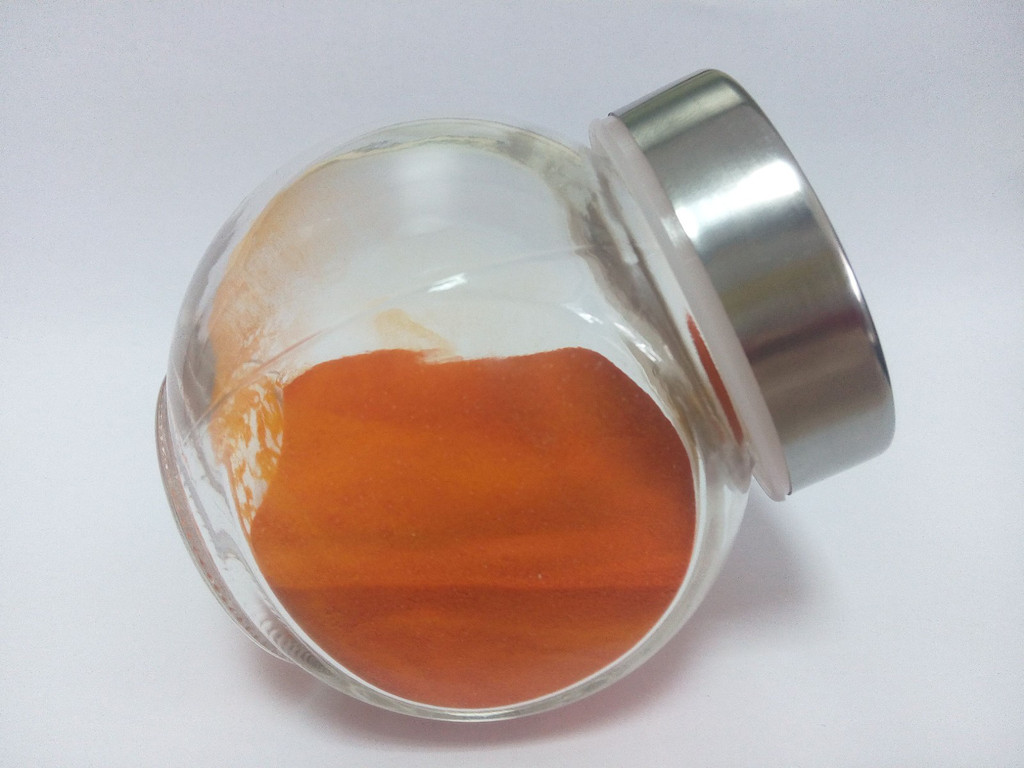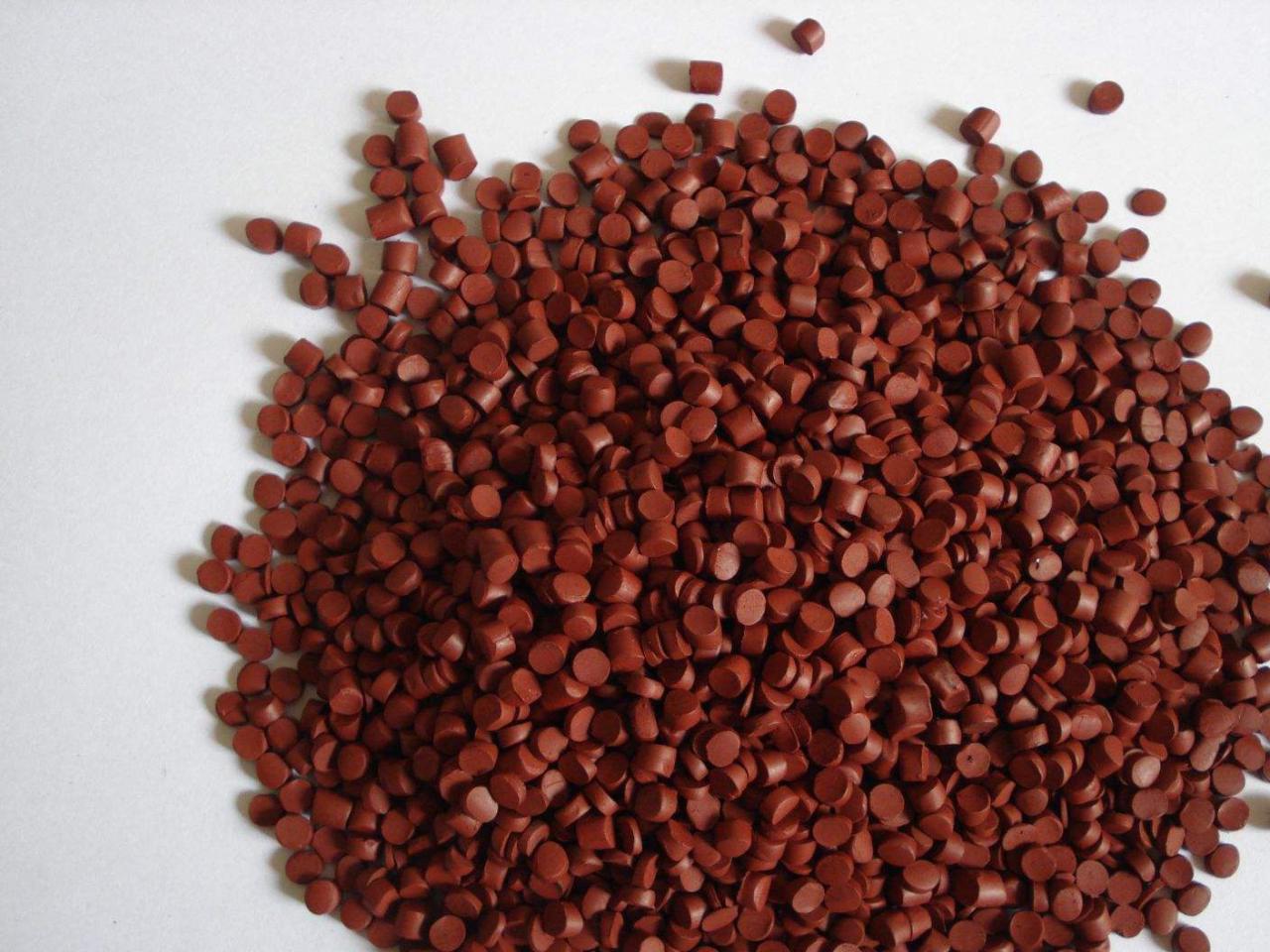In the work of flame-retardant modification of polymer materials, we often hear people talk about white phosphorus, yellow phosphorus, and red phosphorus. It can be seen from their names that Out, it’s phosphorus of different colors. However, white phosphorus and yellow phosphorus refer to the same substance. Yellow phosphorus is a yellow waxy solid formed by partial oxidation of white phosphorus. Chemically speaking, white phosphorus and red phosphorus are allotropes, just like diamond and graphite. Different elements belonging to the same element. Next, let’s talk about the structural properties and flame retardant properties of red phosphorus.

Structural properties of red phosphorus flame retardant
Chemically speaking, structure determines properties. Since red phosphorus and white phosphorus have very different structures, their properties are also different. Red phosphorus is stable in the air, while white phosphorus spontaneously ignites in the air; red phosphorus is basically non-toxic, while white phosphorus is highly toxic; red phosphorus can be used as a flame retardant, and white phosphorus can be used as an incendiary bomb. In terms of structural composition, white phosphorus is composed of P4 molecules. The phosphorus atoms in the molecule have a regular tetrahedral structure. Red phosphorus is also composed of P4 molecules, but one of the bonds of the molecule is broken and polymerized to form a polymer structure. Therefore, it can It is said that red phosphorus is an inorganic polymer substance. Its molecular formula can be written as (P4)n (n represents the degree of polymerization). Note: White phosphorus can generate red phosphorus when heated in isolation from air.
Red phosphorus (RP), or red phosphorus, appears as a red to deep purple-red powder. It is insoluble in water, dilute acids and many organic solvents, but slightly soluble. In anhydrous ethanol, phosphorus tribromide and sodium hydroxide aqueous solution. Red phosphorus ignites when heated to 200°C in air to produce P2O5. In addition, red phosphorus can also burn when heated in chlorine gas. Since the phosphorus element in red phosphorus is in a low valence state (zero valence), when blended with KClO3, KMnO4, peroxide and other strong oxidants, it may explode if the conditions are right.

Flame retardant properties of red phosphorus flame retardant
Red phosphorus flame retardant is the flame retardant with the highest phosphorus content among phosphorus-based flame retardants. It has outstanding achievements in fighting fires and its types are also diverse. , according to the functional components contained, it can be divided into halogen-based flame retardants, phosphorus-based flame retardants and other flame retardants. Phosphorus-based flame retardants are widely used and their status is second only to halogen-based flame retardants. With people who don’t know the truth accusing and questioning halogen-based flame retardants and various halogen-based monopoly companies raising prices, phosphorus-based flame retardants are becoming more and more popular. As a member of phosphorus-based flame retardants, red phosphorus only contains the flame-retardant element phosphorus, so it has higher flame-retardant efficiency than other phosphorus-based flame retardants, even when the dosage of the flame retardant is very low. In some cases, the flame retardant efficiency of red phosphorus is even slightly better than that of halogen flame retardants.
In addition, there are reports that no phosphorus-based flame retardant can compete with red phosphorus for the flame retardancy of PET (polyethylene terephthalate) . For the base material, the added flame retardant is a foreign object after all. If the compatibility between the two parties is poor, it can easily damage the excellent performance of the base material itself. As for red phosphorus, adding a small amount can achieve the required flame retardant properties, so the original excellence of the flame retardant substrate is easier to maintain. In addition, red phosphorus has a high melting point and poor solubility, which is beneficial to maintaining certain physical properties of the polymer compared to other flame retardants. Finally, red phosphorus has less smoke, lower toxicity, and wider application. It can be used alone or shared with other flame retardants. It can be widely used in flame retardant polyolefins, polystyrene, polyester, and polyurethane. , nylon, polycarbonate, polyacetal, epoxy resin, rubber, textiles, etc.

 微信扫一扫打赏
微信扫一扫打赏

